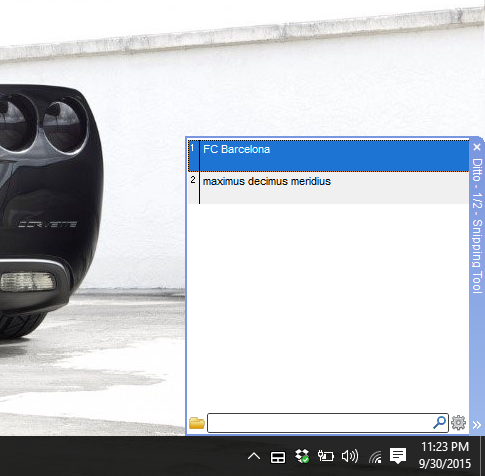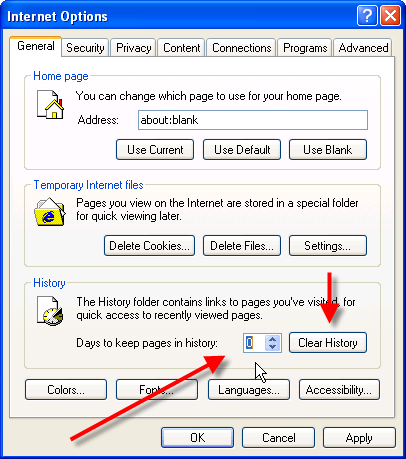Throughout the course of this website, we will be discussing how to create registry files for use in Windows 10; this guide will teach you step by step.
Making a registry file isn’t rocket science, once you have the hang of it, you too will be creating registry files like a professional!
Why do you need to create registry files in the first place? Well, here on Windows Clan we tend to cover all sorts of tweaks, hacks and such that require using them to change the way Windows works. Hacks such as forcing apps to use dark mode, bringing back Windows 7 battery indicator or volume slider, etc.
To begin, right-click on any empty region on your desktop. Select New, Followed by Text Document, as shown below.

Once you have an empty text document, copy and paste the lines of code needed for the registry file mentioned in the guide.

Once you have copied the code as shown above, Go to File and select Save As.

Under File Name, save it as anything you wish, while making sure it ends with .reg, as shown below. Additionally, make sure that under File Type, you have selected All Files. Wefinish this step by pressing Save.

Once you have done so, navigate to the location of your registry file, which in my case was the desktop. You will see the following icon.

Once you have located your registry file, double-click on it, if you are running UAC, give yourself the necessary permission to run the registry editor. Next, you will see the following dialog boxes, simply choose Yes and OK respectively, and voila! Your registry file has met the job it was meant to carry out.


And with that, your created registry file has been run and successfully executed! If you are still facing trouble, here are a few bullets to act as a quick F.A.Q or a checklist of things that may have caused your file to not work.
- Make sure that you saved the File Name as .reg!
- Saving File Type and All Files.
- Trial and error with the between Windows Registry Editor Version 5.00 and the [HKEY_xx_etc] entry. Sometimes, you have to add or remove a line space, for the above, there is a 2 line break between the two, and the registry file worked. Sometimes you need to give 3.
- If you wish to make changes to your registry file, you can right-click on it and click on edit, when prompted to “Open With” Choose “Notepad“.
- Once the tweak has been implemented, it is safe to delete the registry file, you can recreate it and run it as many times as needed for your own system or any other system as long as they are on a Windows OS that will support the tweak or feature trying to be enabled.
- The registry files on our site are always safe, we make sure to run each registry tweak after verifying its authenticity on our system. Be careful when following other guides online as wrongful usage of this can lead to serious consequences upon your system. Only make registry files from sites that allow their code to be visible before being made.
- It is highly recommended that you don’t experiment or tinker with these registry files unless you know what you’re doing or what the site is promising you through the guide. Tampering with the registry editor wrongfully can lead to serious errors, even failure of Windows booting.
If you have any questions or queries, feel free to drop a comment!
The post How To Create Registry Files For Implementing Tweaks In Windows 10 appeared first on Windows Clan.





